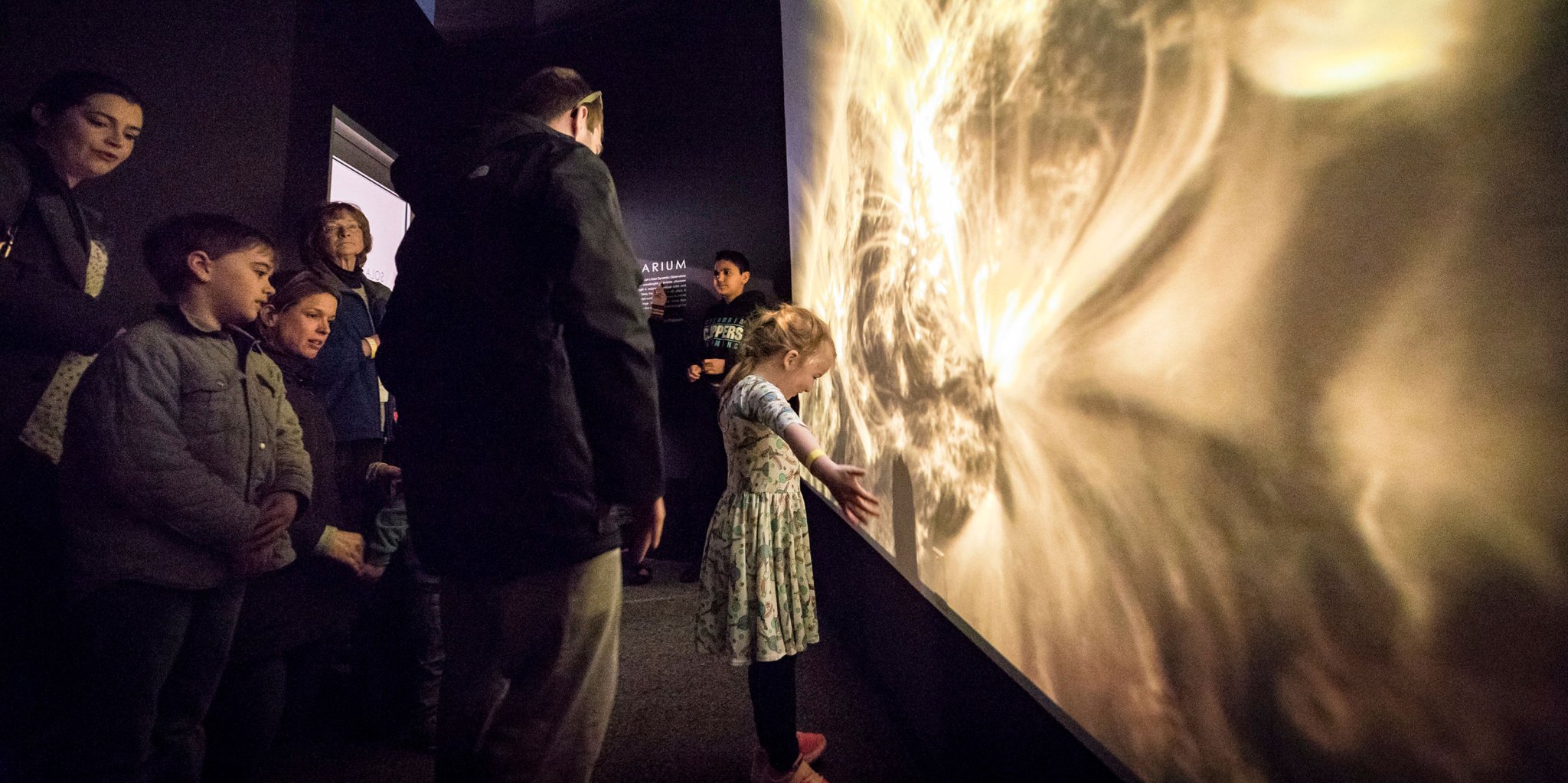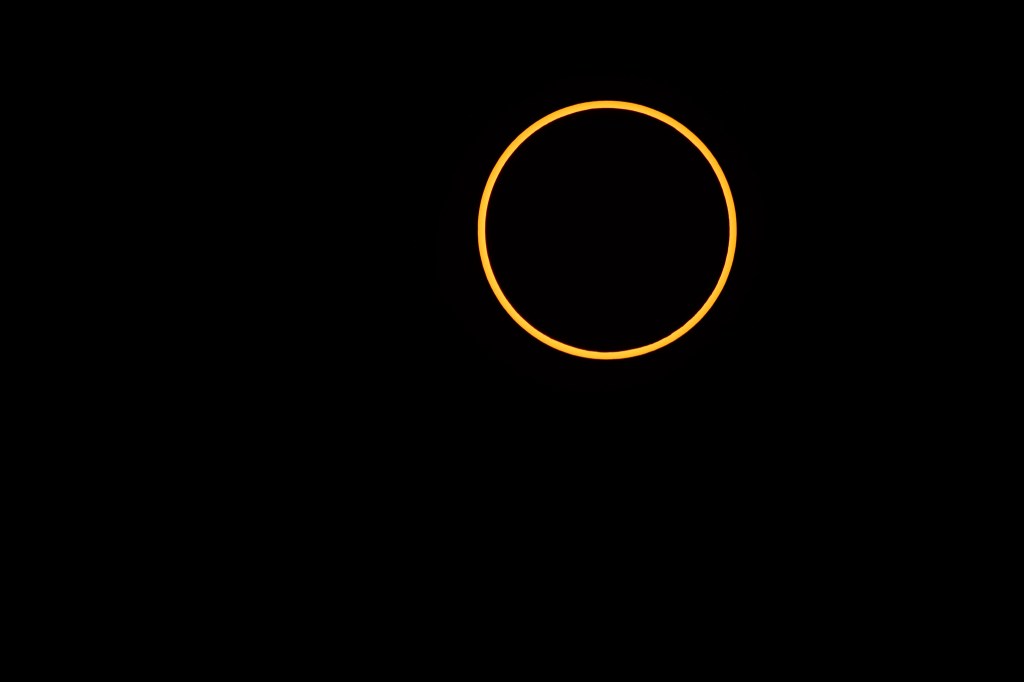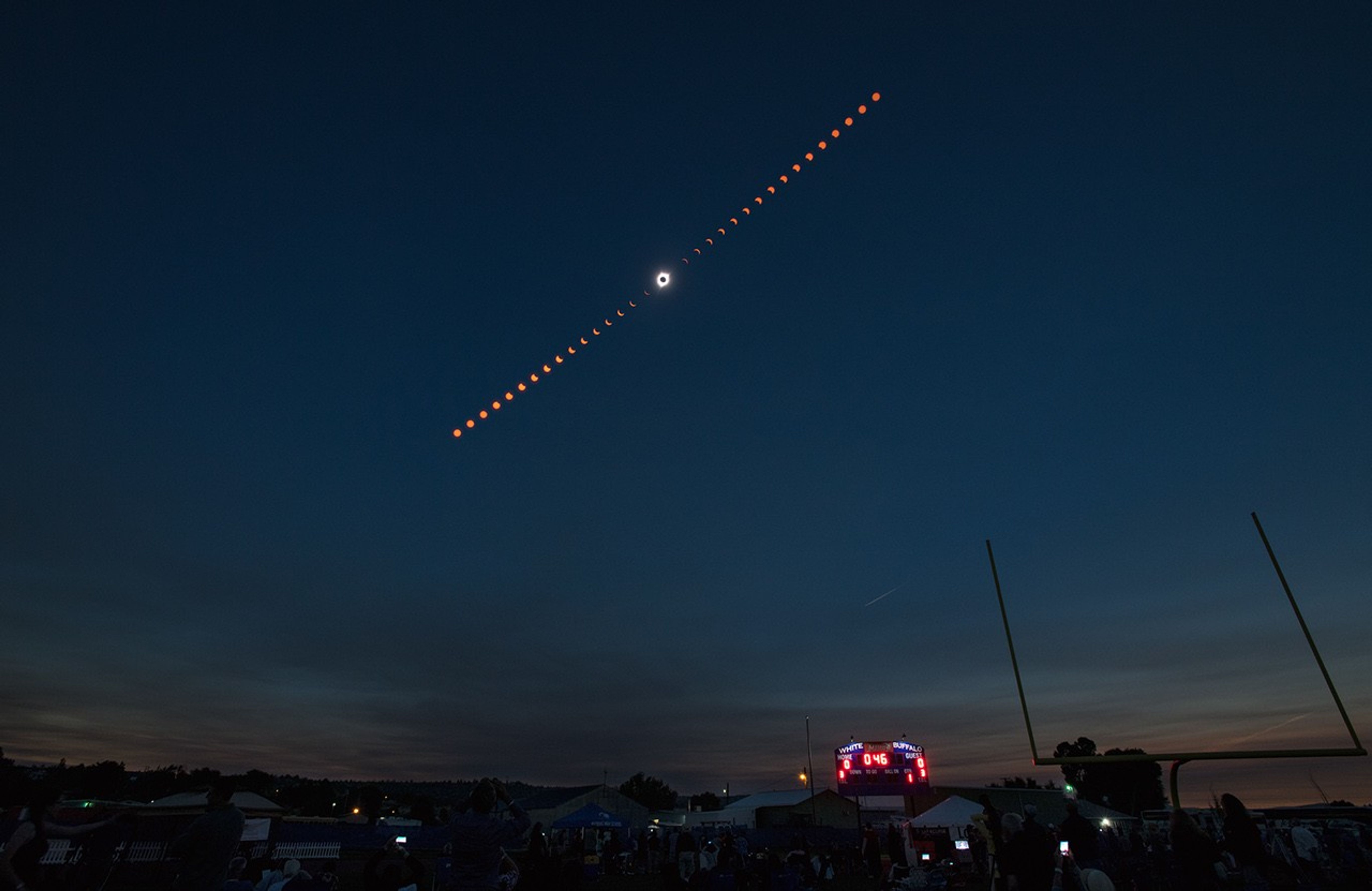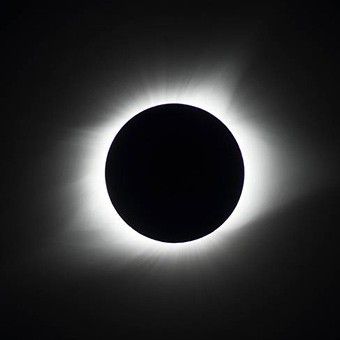A Big Year for Our Sun
During the Heliophysics Big Year, we are challenging you to participate in as many Sun-related activities as you can!
Whether it's watching a solar eclipse, experiencing an aurora, participating in citizen science projects, or hosting a Sun party, we've got a year full of ways to celebrate the Sun!
Learn more from Nicky Fox, associate administrator of NASA’s Science Mission Directorate at NASA Headquarters.
Highlights of the Big Year
Monthly Themes
Parker's Closest Approach
December 2024
Parker Solar Probe launched in 2018, and since then, has repeatedly broken the record for being the closest human-made object to the Sun. With the most recent Venus gravity assist in November 2024, the spacecraft is now prepared to make its closest approach ever to the Sun on Dec. 24, 2024.
On this and its next two orbits, Parker Solar Probe will fly to within about 3.83 million miles of the Sun’s surface! The mission’s close flybys are allowing the spacecraft to conduct unrivaled scientific measurements with the potential to change our understanding of our closest star.
At closest approach, Parker Solar Probe will be hurtling around the Sun at approximately 430,000 miles per hour! That's fast enough to get from Philadelphia to Washington, D.C., in one second.

Parker's Closest Approach
December 2024
— Build a model of Parker Solar Probe out of paper, aluminum foil, tape, and more.
— Print a model of Parker Solar Probe using a 3D printer.
— Play NASA’s Snap It! game and find Parker Solar Probe flying across the Sun.
— Track Parker Solar Probe’s journey with a simulated live view from NASA Eyes.

Parker's Closest Approach
December 2024
If the Sun and Earth were at opposite ends of a football field, it’ll be like Parker Solar Probe is on the Sun’s four-yard-line when the spacecraft makes its close approach on Dec. 24. Being that close to the Sun, why doesn’t Parker melt?
The Sun’s corona, or outer atmosphere, reaches temperatures of several million degrees Fahrenheit, but it’s not very dense. It's like the difference between putting your hand in a hot oven versus putting it in a pot of boiling water (don’t try this at home!). In the air of the oven, your hand doesn't get nearly as hot as it would in the much denser water of the boiling pot.
So even though Parker Solar Probe travels through a region with temperatures of several million degrees, the surface of its heat shield will reach only about 2,500 degrees Fahrenheit — and the instruments in its shadow will remain at a balmy 85 degrees Fahrenheit!

















































